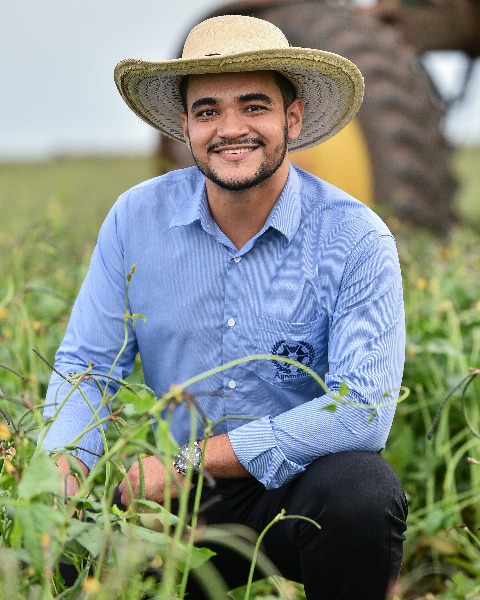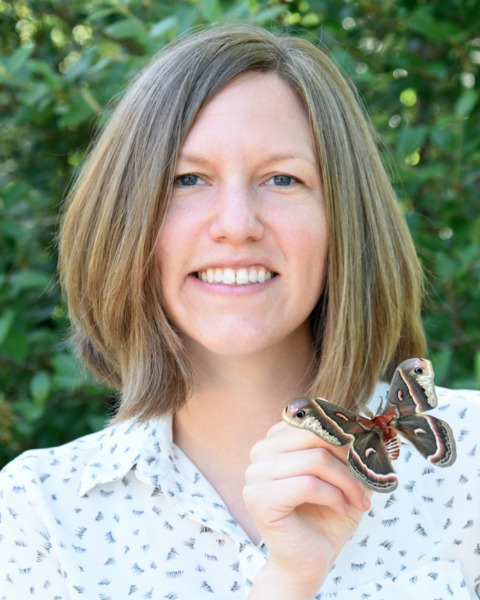Student Poster Display
Plant-Insect Ecosystems
Student
Student Competition
D3116: Artificial neural networks as a tool for predicting Striacosta albicosta infestations in corn

Kayo Heberth de Brito Reis (he/him/his)
PhD student
University of Nebraska
North Platte, Nebraska
Alisson Santana (he/him/his)
Post-Doctoral Research Associate
University of Nebraska
North Platte, Nebraska- JP
Jhersyca Paes
Federal University of Viçosa
Viçosa, Minas Gerais, Brazil - MC
Marcelo Coutinho Picanço
Federal University of Viçosa
Viçosa, Minas Gerais, Brazil 
Julie Ann Peterson
Professor
University of Nebraska
North Platte, Nebraska- RS
Renato Sarmento
Federal University of Tocantins
Gurupi, Tocantins, Brazil
Presenting Author(s)
Co-Author(s)
Striacosta albicosta (Smith; Lepidoptera: Noctuidae) is a significant pest that feeds primarily on corn, causing substantial economic losses in North American production. Artificial Neural Networks (ANNs) are a learning algorithm used to generate models with complex associations and various predictors. Thus, our study aimed to develop an ANN capable of predicting the seasonal dynamics of S. albicosta egg-laying in corn and the factors regulating its density. Scouting data from 16 different locations during the years 2014-2024 were organized, along with the crop growth stage, accumulated degree-days, and meteorological data from each collection and the days preceding it. The analyses were conducted using R Studio software, where Pearson’s correlation analysis was initially performed to remove autocorrelated predictors. After that, the data were divided into 70% for training the ANNs and 30% for testing them. Several ANNs were generated with different topographies, activation functions, and learning algorithms, all having in common the response variable of S. albicosta density given by an interval between 0 and 1. The best combination was selected by comparing the observed values with the values predicted by the ANNs, as well as an evaluation through the root mean square error (RMSE). After selecting the best ANN, the weights of each neuron were adjusted using different (random) combinations initially, and then gradually fine-tuned through each test repetition. Finally, we aim to obtain an ANN capable of predicting the seasonal dynamics of S. albicosta, which can be used as an effective tool for decision-making related to S. albicosta management.

.png)

